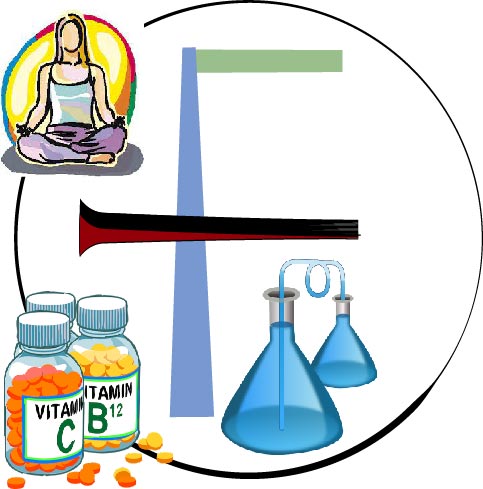In the pharmaceutical industry, a “finished product retest” refers to the process of evaluating a sample from a previously manufactured and packaged pharmaceutical product to assess its quality, safety, and efficacy. The purpose of the retest is to ensure that the product remains within the specified standards and meets all the required regulatory guidelines.
Here are the key points related to the definition of a finished product retest in the pharmaceutical industry:
- Sample Selection: A representative sample of the finished product is taken from the existing batch or lot. The sample is typically collected according to defined sampling procedures to ensure it accurately represents the entire batch.
- Retest Interval: The retest is conducted at a predetermined time interval, often referred to as the “retest date.” The specific retest period is determined based on various factors such as stability data, regulatory requirements, and the product’s shelf life.
- Quality Control Testing: The sample undergoes a series of quality control tests, which may include physical, chemical, microbiological, and functional assessments. These tests are performed in accordance with established pharmacopoeial monographs, compendial methods, or specific in-house testing procedures.
- Compliance Assessment: The test results are compared against predefined acceptance criteria or specifications for the product. These criteria typically cover parameters such as potency, purity, uniformity, dissolution, content, impurities, and sterility (if applicable). Compliance with these specifications ensures that the product meets the required standards.
- Regulatory Requirements: The retesting of finished products is often mandated by regulatory authorities as part of Good Manufacturing Practices (GMP) guidelines. These guidelines ensure that pharmaceutical products consistently meet their quality attributes and remain safe for patient use throughout their shelf life.
- Batch Disposition: Based on the retest results, a decision is made regarding the disposition of the batch. If the product meets all specifications and remains stable, it is deemed acceptable for release and distribution. However, if the product fails to meet the specifications or exhibits any quality concerns, appropriate actions are taken, such as investigations, corrective actions, or batch rejection.
It’s important to note that the specifics of finished product retesting may vary based on regional regulations, product types, and company-specific protocols. Pharmaceutical manufacturers follow these defined processes to ensure that their products consistently meet the required quality standards and maintain patient safety.
Click here to learn more
Pharma interview preparation app
